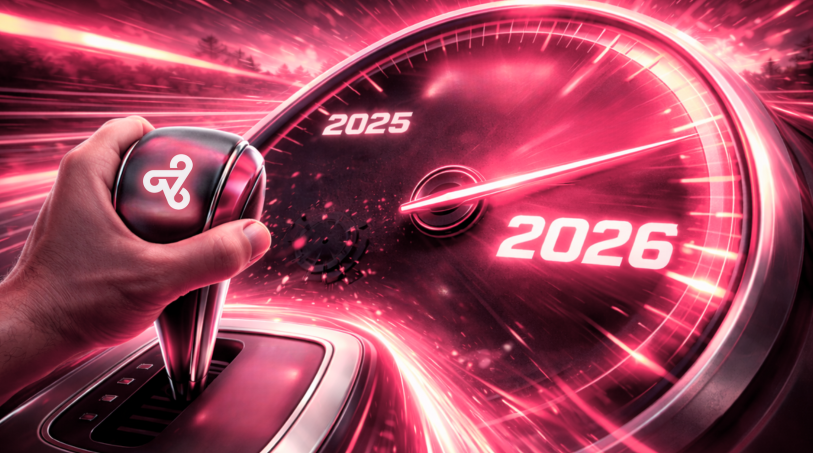With over 2.5 million motorcycles sold annually in Brazil, according to Fenabrave, the motorcycle market is booming. This growth has a direct impact on the motorcycle aftermarket, which now demands more agility, accuracy, and scalability especially in online sales.
With the increasing demand for parts online driven by independent repair shops, marketplaces, and final consumers the digital catalog is no longer optional. It has become the key tool for those who want to compete efficiently and gain market share.
Why is a digital catalog essential for motorcycle parts?
In the motorcycle segment, where part compatibility varies by model, year, and engine size, a well-structured digital catalog ensures that buyers find exactly what they need without errors.
According to Bluecart, 72% of buyers feel more confident completing a purchase when the catalog is complete and up to date. In the case of motorcycle parts, this is even more critical: an error in choosing the brake pad, chain, mirror, or shock absorber can lead to returns, rework, and loss of credibility.
Moreover, platforms like Mercado Libre, Amazon, and Shopee require standardized and technical data for better product visibility in search results.
Growth of online sales in auto and motorcycle parts
In marketplaces, motorcycle parts stand out for their lower average ticket, high turnover, and constant need for replacement. This makes the sector one of the most promising for those looking to scale sales without relying on large physical operations.
What companies should consider before entering e-commerce
Before going digital, manufacturers, distributors, and resellers of motorcycle parts should consider:
- Digital catalog organization: create detailed product listings by model, year, brand, and part position (e.g., “rear brake pad Honda CG 160”).
-
Real-time inventory management: avoid stockouts, especially for high-demand items like filters, transmission kits, and tires.
-
Smart pricing: integrate with platforms that calculate margins already factoring in marketplace and logistics fees.
-
High-quality visuals and content: professional photos and technical descriptions help reduce buyer doubts and returns.
-
Integration with hubs like Alephee: to automate listings and catalog updates across multiple sales channels.
Digital Catalog: Not a Cost — The Engine of Your Operation
Platforms like Alephee enable motorcycle parts catalogs to be structured based on industry specifications, integrating application, inventory, and pricing in real time. Automation reduces manual errors, accelerates operations, and strengthens brand presence in digital channels. In a market with tight margins and high competition, investing in organized data is the only way to sell accurately, fast, and at scale.












